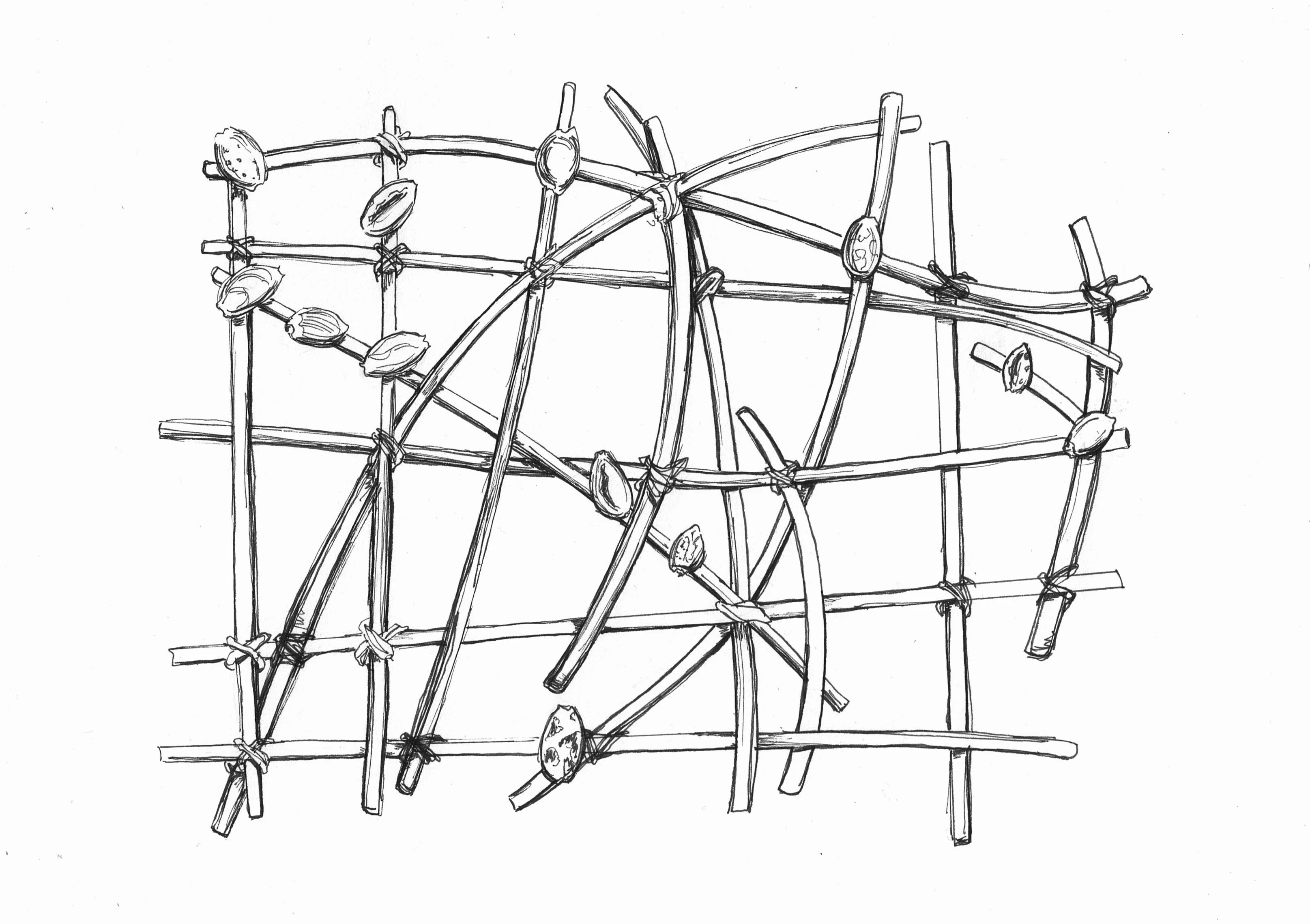#Huna #Kupua
by Serge Kahili King
Huna is a Hawaiian word meaning " #secret," but it also refers to the #esoteric #wisdom of #Polynesia. Kupua is another Hawaiian word and it refers to a specialized #healer who works with the powers of the #mind and the forces of #nature. In that respect it is very similar to the #Siberian #Tungusic word "shaman."
The understanding of Huna described here comes from the kupua tradition of the Kahili family from the #island of #Kauai, through Serge Kahili King, who was adopted as the grandson of Joseph Kahili and trained in his tradition.
The #Seven #Principles
The basic assumptions of Huna are these:
The World Is What You Think It Is.
There are no limits.
Energy Flows Where Attention Goes.
Now Is The Moment Of Power.
To Love Is To Be Happy With (someone or
something).All Power Comes From Within.
Effectiveness Is The Measure Of Truth.
The Three Selves (or Four)
Another set of assumptions used in Huna is that #human #behavior and experience can be explained and changed through the interaction of three (sometimes four) selves, aspects or functions:
- The High Self (Kane, Aumakua), inspires.
- The Conscious Self (Lono) imagines.
- The Subconscious Self (Ku) remembers.
- The Core Self (Kanaloa) wills. The Four Levels of Reality
A third set of assumptions coming from the kupua tradition divides all experience into four levels or frameworks of beliefs about reality which can be summarized as follows:
- Everything is objective (Scientific reality).
- Everything is subjective (Psychic reality).
- Everything is symbolic (Shamanic reality).
- Everything is holistic (Mystical reality). The #kupua ( #Hawaiian #shaman) learns to move in and out of these realities in order to change experience more effectively.
#Theosophical Classic #1989, 28:00 minutes.
#shamanic #healing
Source: https://youtube.com/watch?v=e4Z9SRzgVQQ


